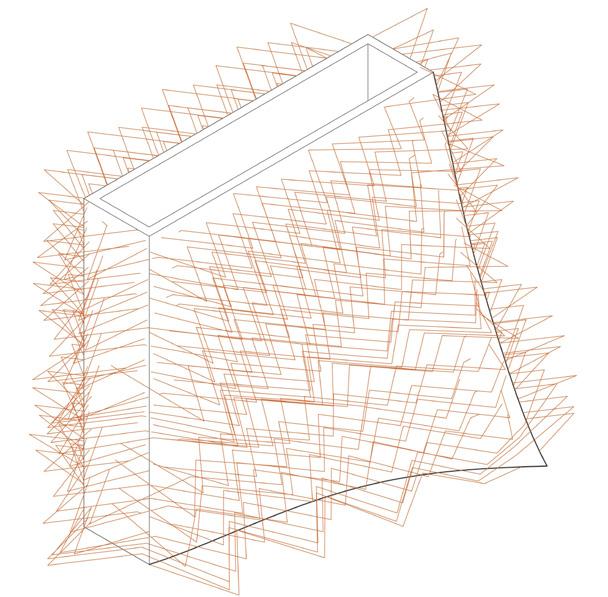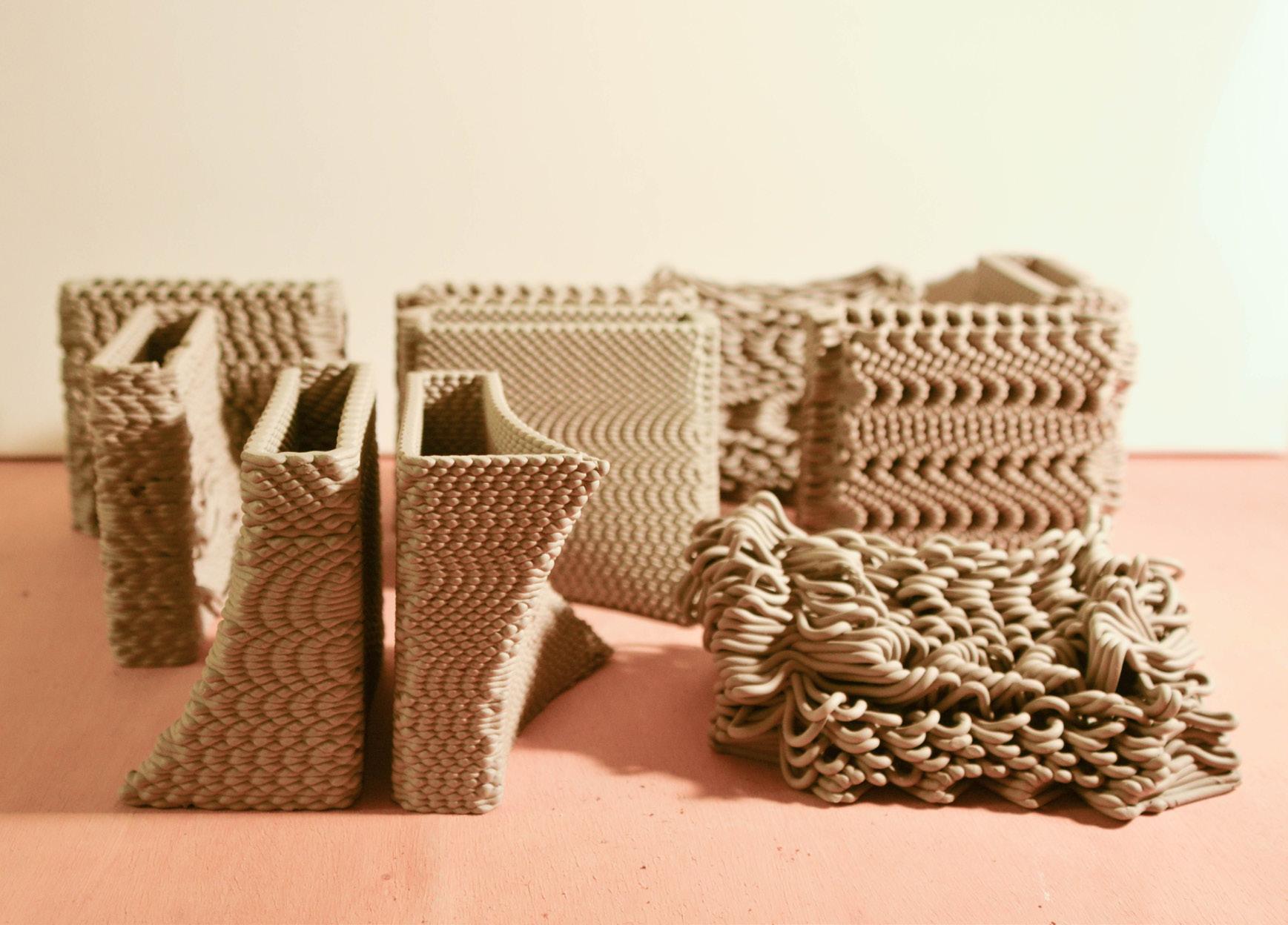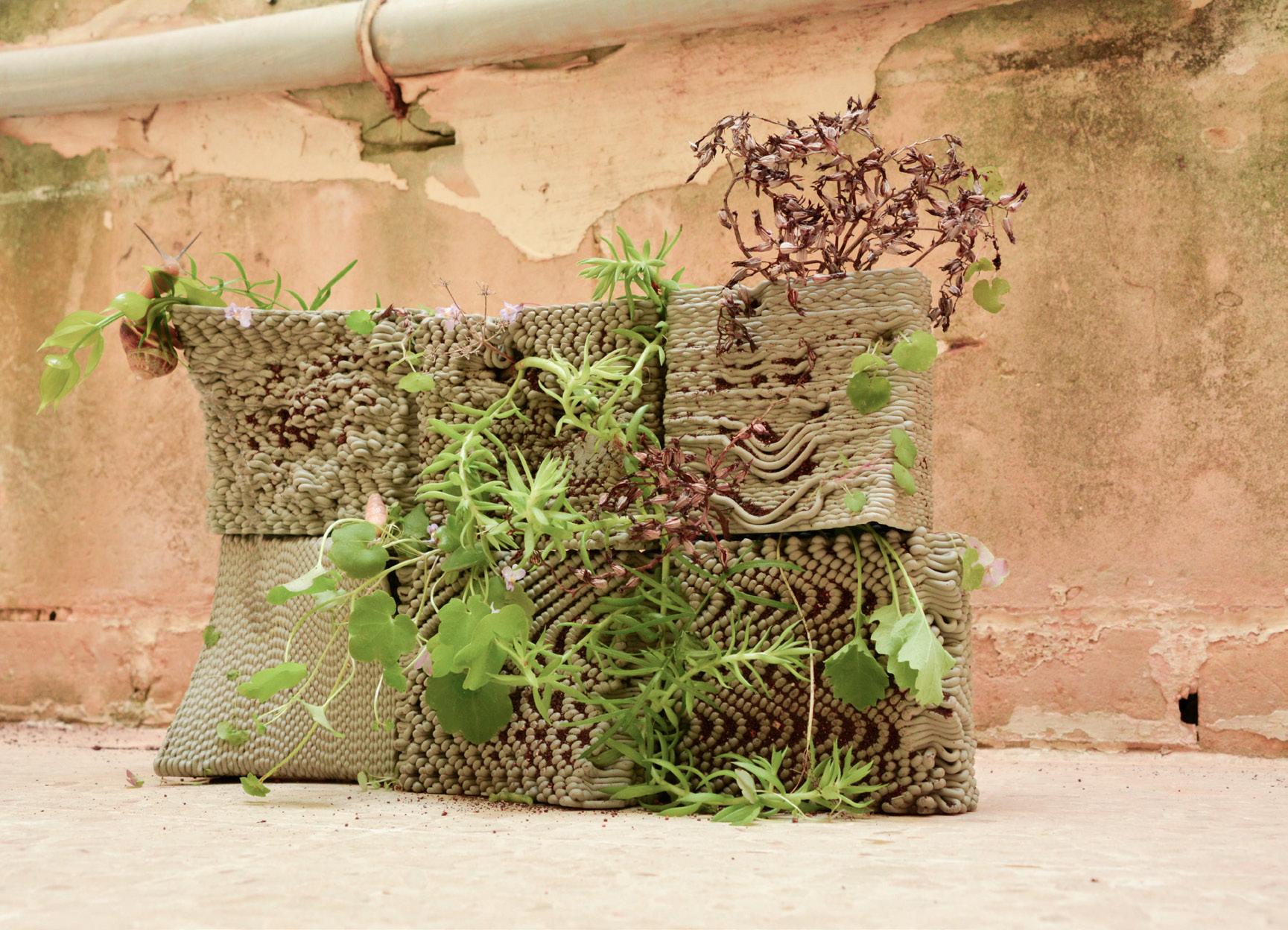
1 minute read
LIVING ARMOUR
clay 3D printing fabrication workshop group project / Karen Muscat, Lyna Loumi role / concept & grasshopper modelling
This project was influenced by the function and appearance of lizard scales as well as case studies in using clay as a bio-receptive evaporative cooling material. The holistic vision and concept was clearly outlined to be a scale-like brick with gaps and texture to provide opportunities for the growth of organisms, and water catchment - a weeping brick which could act as a host for all types of creatures and plants; an element which performs like a ħajt tas-sejjieħ (maltese random dry-rubble wall)
Advertisement

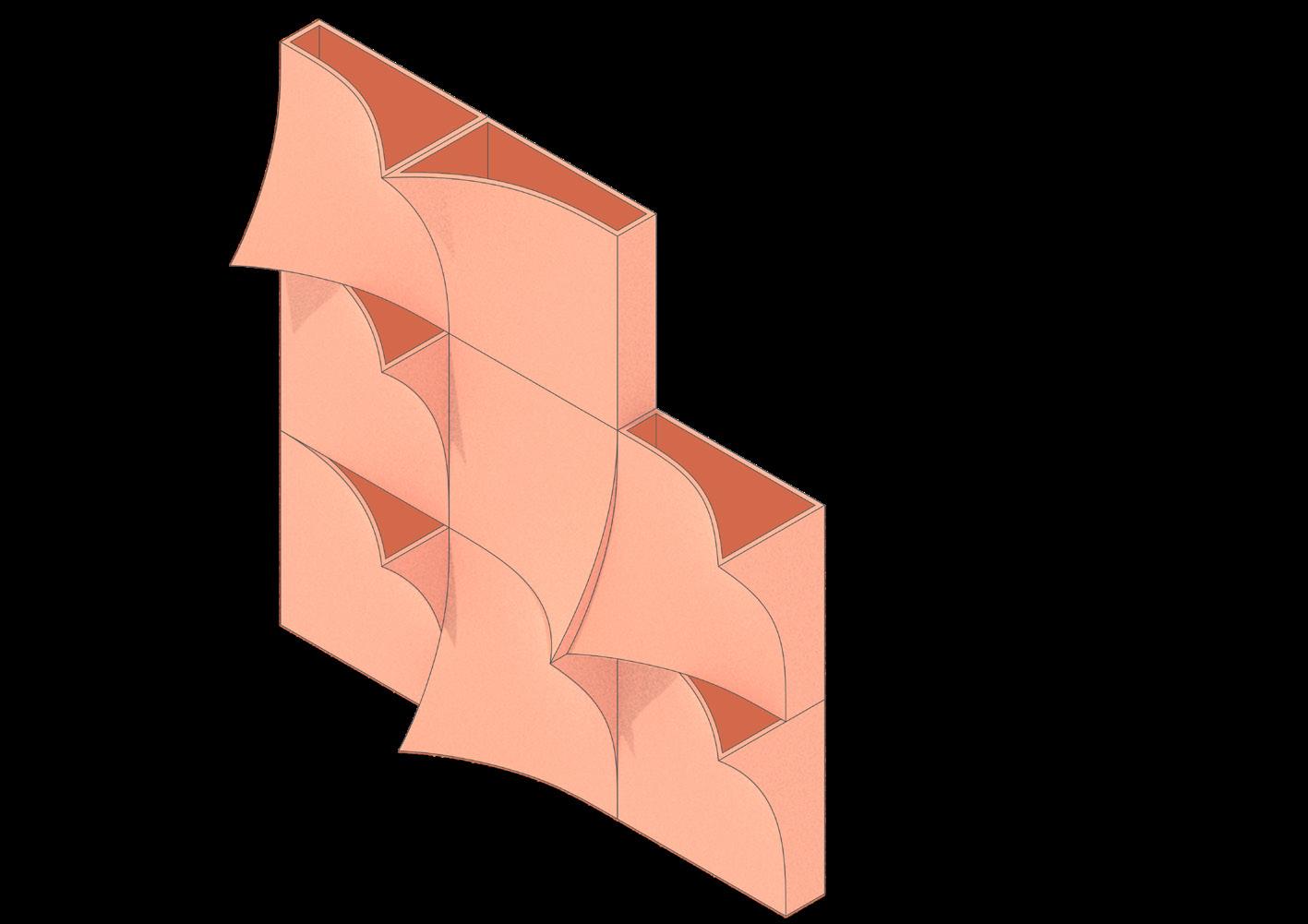
The initial design goals and challenges were: to create biomimicry of a particular biological tessellation and to produce a tessellation that creates playful interaction (through light and movement). In addition, the goal was to create something which can support a living wall through its texture by allowing for air to pass, water and seeds

Group 1: Tests 1, 2 & 6 - amplitude within the ranges of 1.5-2, with a high count. These tests achieved a smoother brick with minimal texture, more appropriate for minimal permeability and porosity.

Group 2: Test 3, 5 & 10 - count is high with a medium amplitude. This brick is ideally to create density, but consumes much more material because of this. The value of the amplitude is high enough to create some permeability to retain water and particles.
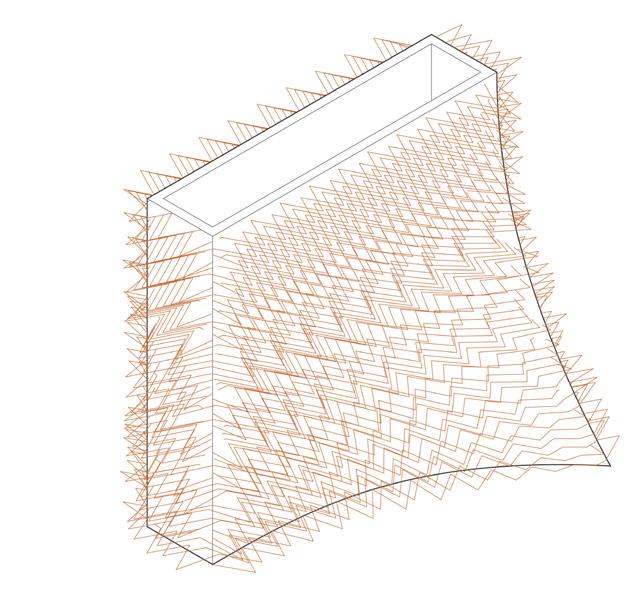
Group 3: Test 4 & 8 - This group is most ideal in terms of stability, permeability and efficient use of material. Both count is at a middle ground, whilst amplitude rather high creating a texture which archives deepercavities.








Group 4: Test 7 experienced failure as it was pushed to an extreme amplitude of 20. Test 9 held up but could not function as a brick. They are both however the most permeable. It can be theorised that if the count was increased, and the brick made denser, there was a lower possibility of failure.
